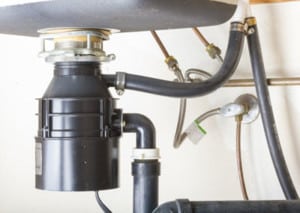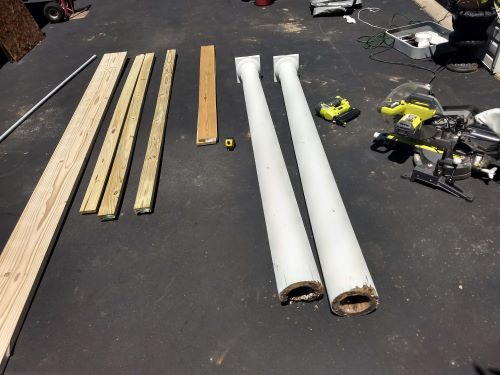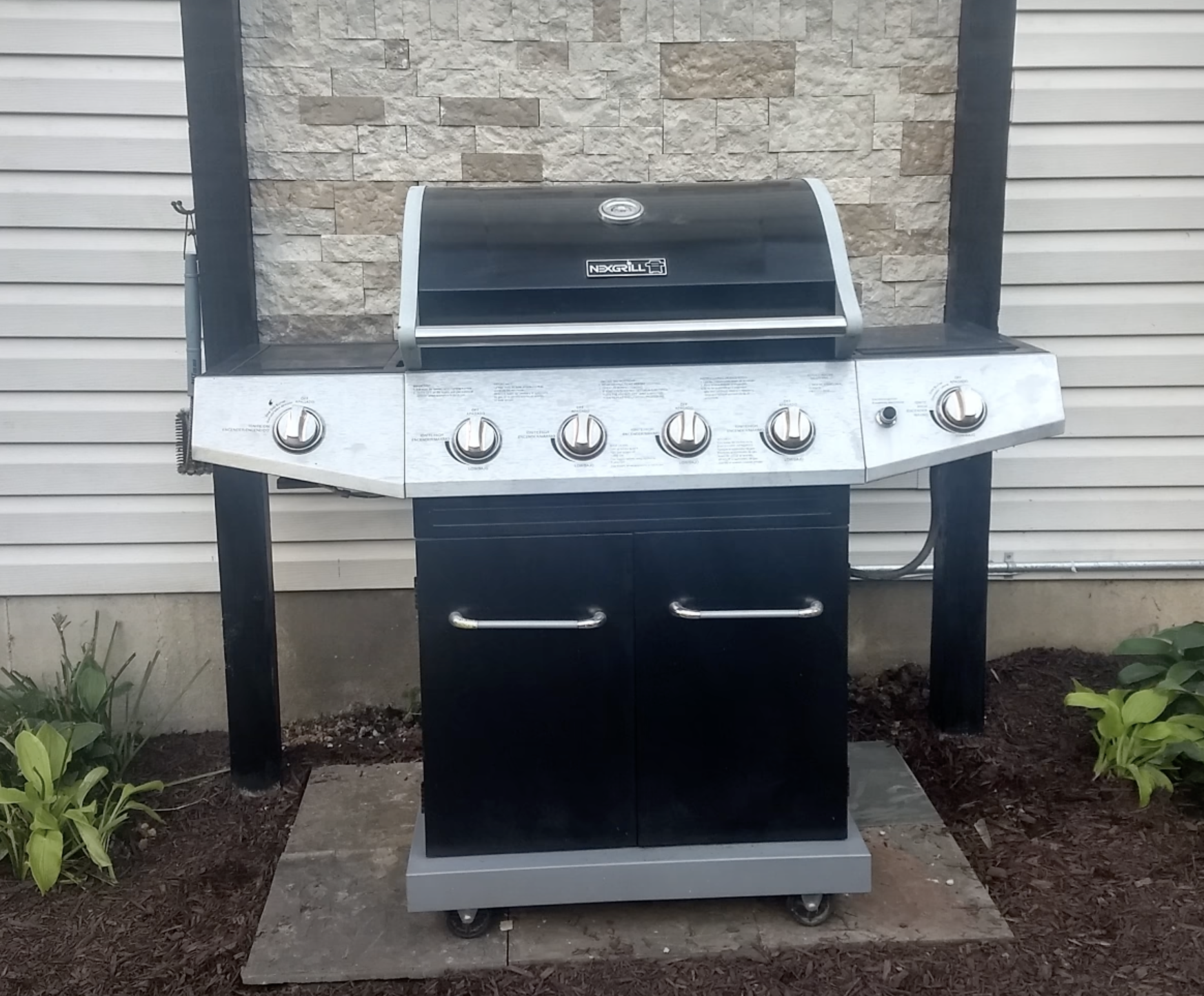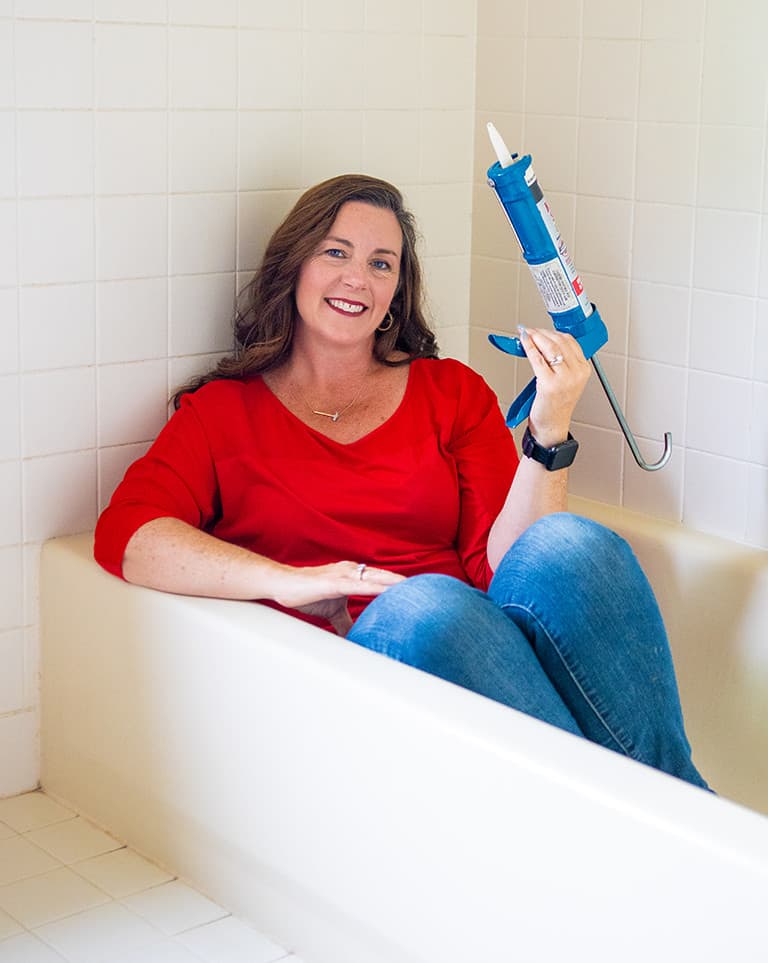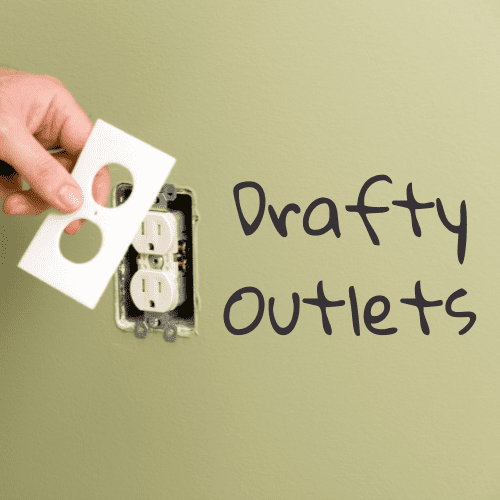Drip, drip, drip. It’s torture to listen to a leaky faucet day after day after day. Not to mention the cost of water going down the drain.
Thankfully, the fix is pretty easy–and you might be able to get the part you need for free.
This is a DIY project that shouldn’t take you more than 30 minutes, after you’ve gotten all the materials you need.
Let’s grab our tools and get started!
Why you have a leaky faucet
When you have a leaky faucet, it’s probably caused by wear in the faucet cartridge. A faucet cartridge is a gadget that sits inside your faucet, helping it regulate water flow. They also help mix hot and cold water in your faucet. Over time, the mechanism in the cartridge can wear down, and mineral deposits can build up. This can take several years, but eventually you’ll need to replace the cartridge. Faucet cartridges will eventually need replacing in bathroom sinks, kitchen sinks, and bathtub faucets.
Let’s Fix Your Faucet!
The first thing you’ll need to do is get a new cartridge. Many sink brands, such as Kohler, will send you a replacement cartridge for free. This is especially handy, since there’s no universal sink cartridge–every brand designs cartridges to fit their own sinks. Find your brand and give them a call!
Before you start anything: Make sure the water supply lines are either turned off or disconnected!
The Tools you’ll need
You’ll need a socket wrench set with a deep socket in the right size for your cartridge. The socket must be able to fit over the cartridge, or stem valve–if you don’t have a deep socket, you can buy them pretty cheaply.
You’ll also need CLR or vinegar, and possibly hairspray, to remove mineral deposits in your faucet.
Steps to Change the Cartridge in Your Faucet
- Remove the handle from the faucet. If you don’t know how to remove it, go on the company’s website and find or ask them to send you directions.
- Make sure the washers in your handle are in good shape.
- Remove the cartridge using the deep socket wrench. This might take some effort!
- If the cartridge isn’t moving, apply CLR or vinegar and remove the mineral deposits. Wipe it away after you’re done–you might as well give the faucet a good clean while you’re there.
- Insert the new cartridge and secure into the faucet.
- Reconnect the supply line, if it’s disconnected, and then turn on the valve.
My video, above, shows you all of these steps in detail–and gives you a few extra pointers.
Say goodbye to sink leaks–and hello to a peaceful bathroom experience!
And if you’d like to learn more about fixing leaks, clogs, electrical issues, and more, I got you. My Home Hacks course has nine on-demand videos that detail common household problems, and how to fix them. You’ll not only finish it with more home repair know-how–you’ll become more empowered, too.


